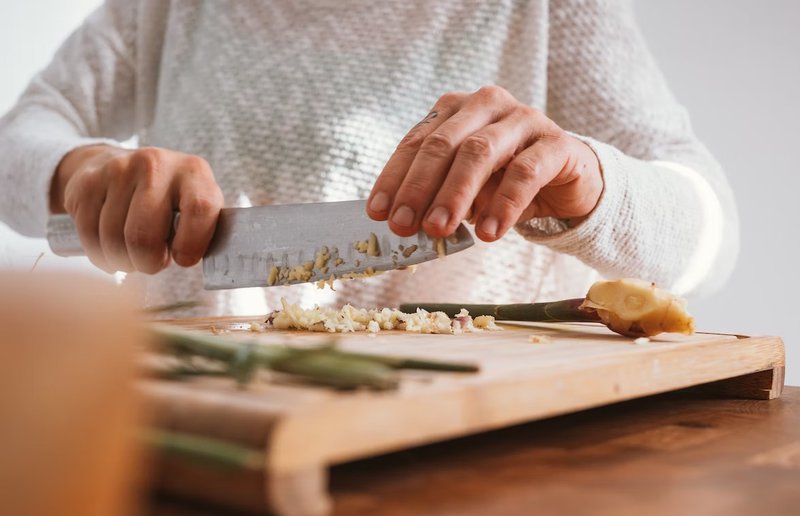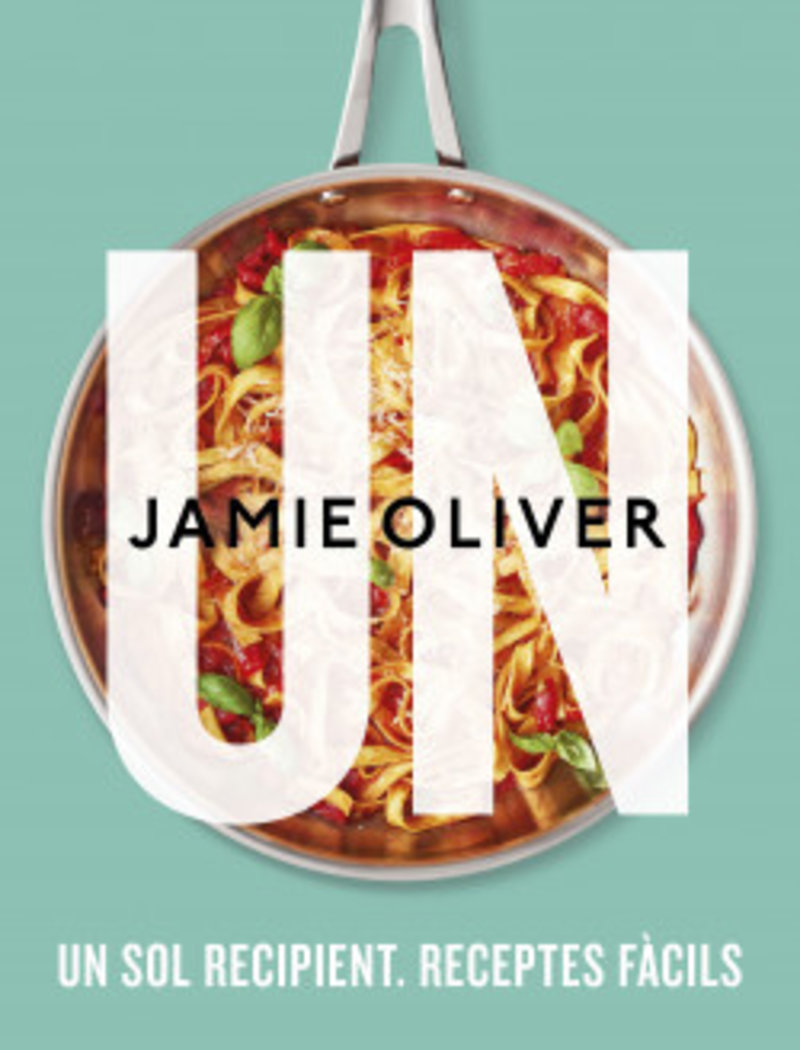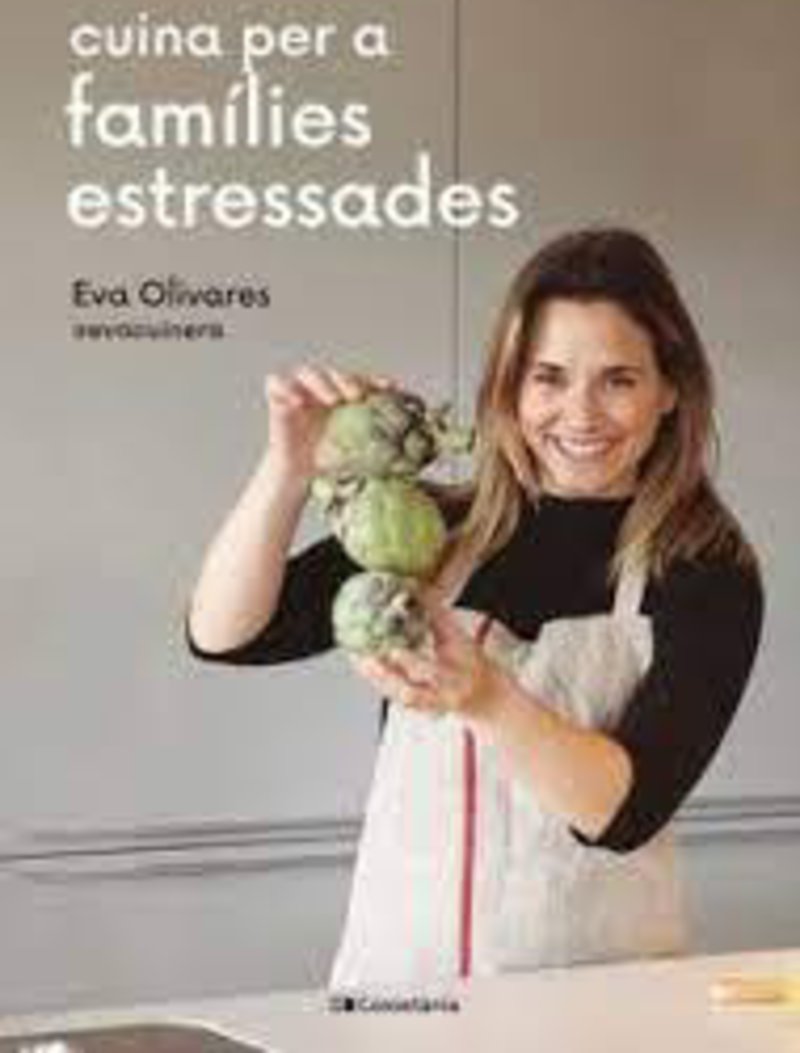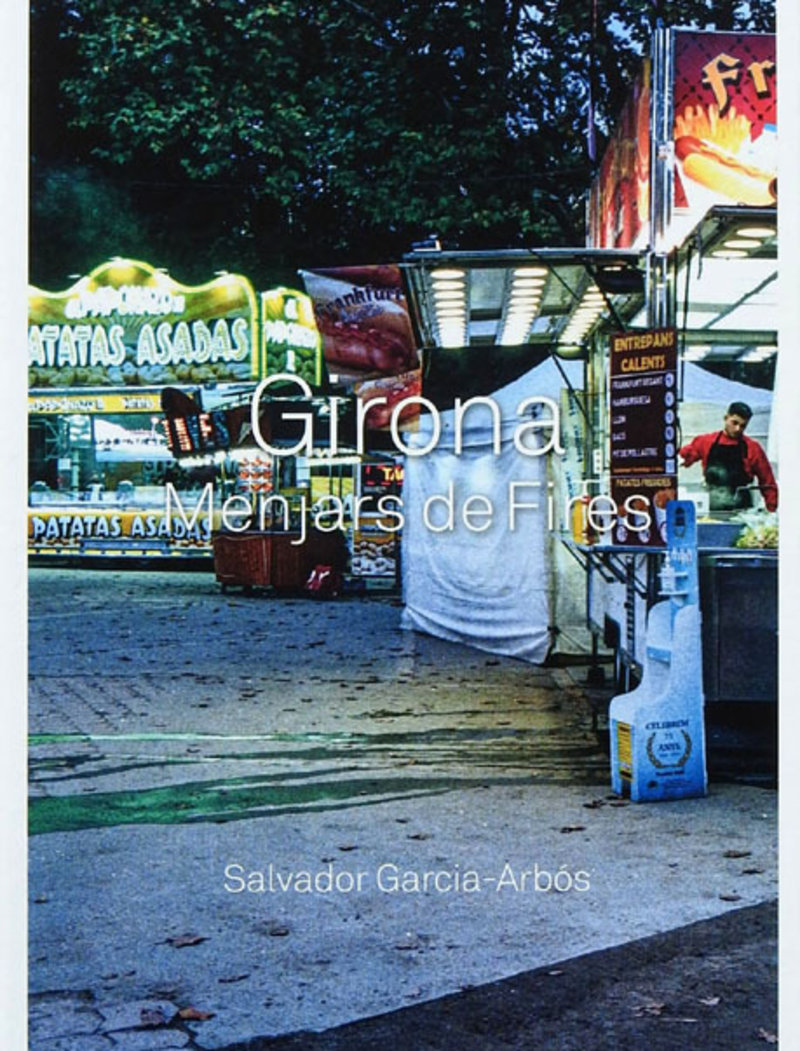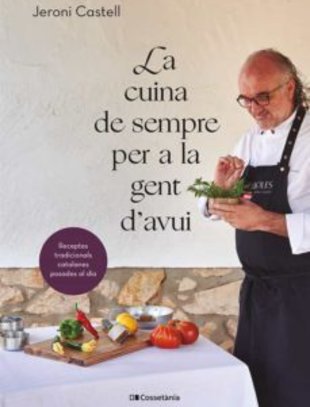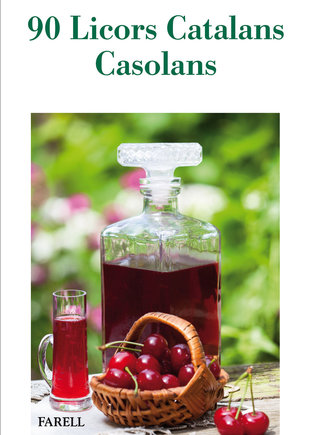Cooking against barbarity
The culinary and gastronomic phenomenon that Catalonia is experiencing at the moment is also reflected in bookshops; here is a selection of the cookery books published recently
Cuina! O barbàrie, by Maria Nicolau (Ara Llibres), has become a publishing phenomenon. The five editions that have already been published and the more than 25,000 copies sold establish it as the book of the year in the world of cooking and gastronomy. The chef at the Ferrer del Tall restaurant in the village of Sau, her enthusiastic, non-conformist and hilarious revolutionary speech has helped to return the power of pots and pans to the people by removing snobbery from the kitchen. Because everything in life is a choice: do we want to continue cooking real food or succumb to barbarity? So let’s get to the stoves and get cooking!
Another book about food published recently is by Jaume Fàbrega, one of the most important food critics in the Catalan Countries. His new book - his 81st - is entitled Cuina tradición Catalana amb terrissa (Farell Editors), which reviews cuisine that throughout history has been made with pots and receptacles and other utensils made with type of pottery. Cooking with clay is a taste of history that takes us from the Stone Age tot the kitchens of our grandmothers. The book reveals all the secrets of cooking with earthenware, with great recipes from the Catalan Countries, and with a focus on such earthenware centres as Breda, La Bisbal, Quart and Verdú. There are also recipes for essential dishes, such as arròs a la cassola, Majorcan soups – the only ones in the world that are eaten with a fork, as Fàbrega points out – and even tangia marrakchia, the only thing that men cook in Morocco. He also emphasises that women are the ones who invented pottery and cooking in the Stone Age, and therefore the ones who helped take us away from barbarism to civilization.
With one eye on traditional Catalan cuisine and another on the present, Jeroni Castell, the chef of Les Moles restaurant, presents a collection of recipes for cannelloni, suquet de peix, pollastre amb prunes, menjar blanc,... in his book, La cuina de sempre per a la gent d’avui (Cossetània). Some 60 recipes include starters, main courses and desserts.
Quim Casellas, chef at the Casamar restaurant in Llafranc, also knows about tradition and modernity. His television show is now followed by the book, La Mar de Bé (Cossetania), a summary in which he continues to marry the culture of fishing with the cuisine of fresh fish. The flavour of the sea is what the book is all about, from classic recipes like zarzuelas to fish stews, soups and cannelloni. The book has 40 recipes inspired by both innovation and tradition, and it includes annotations of a historical nature and environmental awareness.
For those of us with a soft spot for Jamie Oliver, the pioneering TV chef has yet another book out, Un: Un sol recipient. Receptes fàcils (Columna Edicions), as it is called in Catalan. As always, the British chef produces a volume that is impeccable in terms of design and that helps us plan the weekly shop so that we can make amazingly good dishes “without any stress”. He has taken stellar dishes from his recipe book, popular ingredients and cooking methods to come up with proposals that can be cooked in a single container.
Eva Olivares, Evacuinera (who has more than 20,000 subscribers to her YouTube channel), presents her first book, Cuina a famílies estressades. The Girona-based chef offers us ideas and solutions with recipes that will save us time and effort in the kitchen. With humour and plain language, she provides ideas for families who among other things worry about their children’s nutrition. The structure of the book is by situation, which go from using the pantry to organising a romantic dinner, and passing through making a good impression when you have family or friends over or preparing fun recipes with the little ones on a rainy afternoon.
As for books aimed at more specific readers, we highlight two. On the one hand, Girona. Menjar de fires (Girona City Council), a second volume coordinated by Salvador Garcia-Arbós. The book illustrates the food and drink of the Fairs of Sant Narcís, from roasted chestnuts to churros, panellets and ratafia.
And as a good way to bring any meal to an end, what could be better than inviting you to taste these 90 Licors catalans casolans (Farell), in which Pau Maties-Guiu Martí shows us how to make your own liqueurs at home. In Catalonia there is more than one recipe for liqueur in each town, and each inhabitant has a different way of making their own. But they all start from the same base: flavouring and sweetening a brandy with plants and spices. Salut, as they say in Catalan!
books food



